 To move forward in collaboration with your Creative Self, you may need to re-arrange some priorities. I sure did.
To move forward in collaboration with your Creative Self, you may need to re-arrange some priorities. I sure did.
When I decided that finishing my novel was my top priority, I forged ahead, without gaining more confidence or even believing that my efforts would be successful.
The fear of not embodying my Creative Self—finishing my stories and putting them into the world–outweighed my fear of rejection. I was still scared, but with the encouragement of mentors, friends, and writing teachers, I kept my eye on the ball and moved forward anyway.
As I worked on the novel, I finished and polished the short stories languishing in my computer. I learned about the markets for the type of fiction I wrote. Turned out there were levels. I did not have to compete with the the top names in the field. Other options existed, and I went to work learning about them.
After the rush of excitement with my first publication, I was on a roll. Accepting rejection as part of the game, I developed a thicker skin. I also made a rule. Every time a piece was rejected by one magazine, I sent it out again within 24 hours. This required a list of potential markets, which I kept in a folder along with any comments I received from editors. I ignored the disdainful comments of my inner critic and sent out my work over and over until it was accepted.
After deleting from my programming the erroneous idea that I am my writing, I fortified my boundaries. Gained objectivity. Kept learning. Stayed focused on the task. Write. Edit. Revise. Learn. Submit. Repeat.
Eventually, the light dawned: I did not have to be perfect, happy, rich, younger or thinner to do my work.Even though still riddled with self-doubt, I did the work. And so can you.
Take half an hour out of your day and start. If you wait until you have enough time, the inner critic will pile on more tasks.
Be willing to start with a simple project you can complete in one session. Write a short poem, a character sketch for a story, or a pencil drawing of the painting you see in your mind. Do it fast, without thinking, and show it to NO ONE. When you’re learning, you don’t need criticism. We don’t improve our craft by thinking about it but by doing. With practice, you’ll get better.
The impulse to create comes from an inner tension. Something wants to come forth. To be made real in the world of time.The real question is whether you love your potential creation enough to bring it into the world. If the answer is yes, then make a plan. How will you find the resources you need? The time? The place?
As you set and reach your own creative goals, you change yourself. You become more confident, more resilient, and more inner directed. You start to trust the intuitive hunches offered by your Creative Self.
You don’t have to fix yourself.
Start now. Don’t think. Just start.
NO WAITING
.
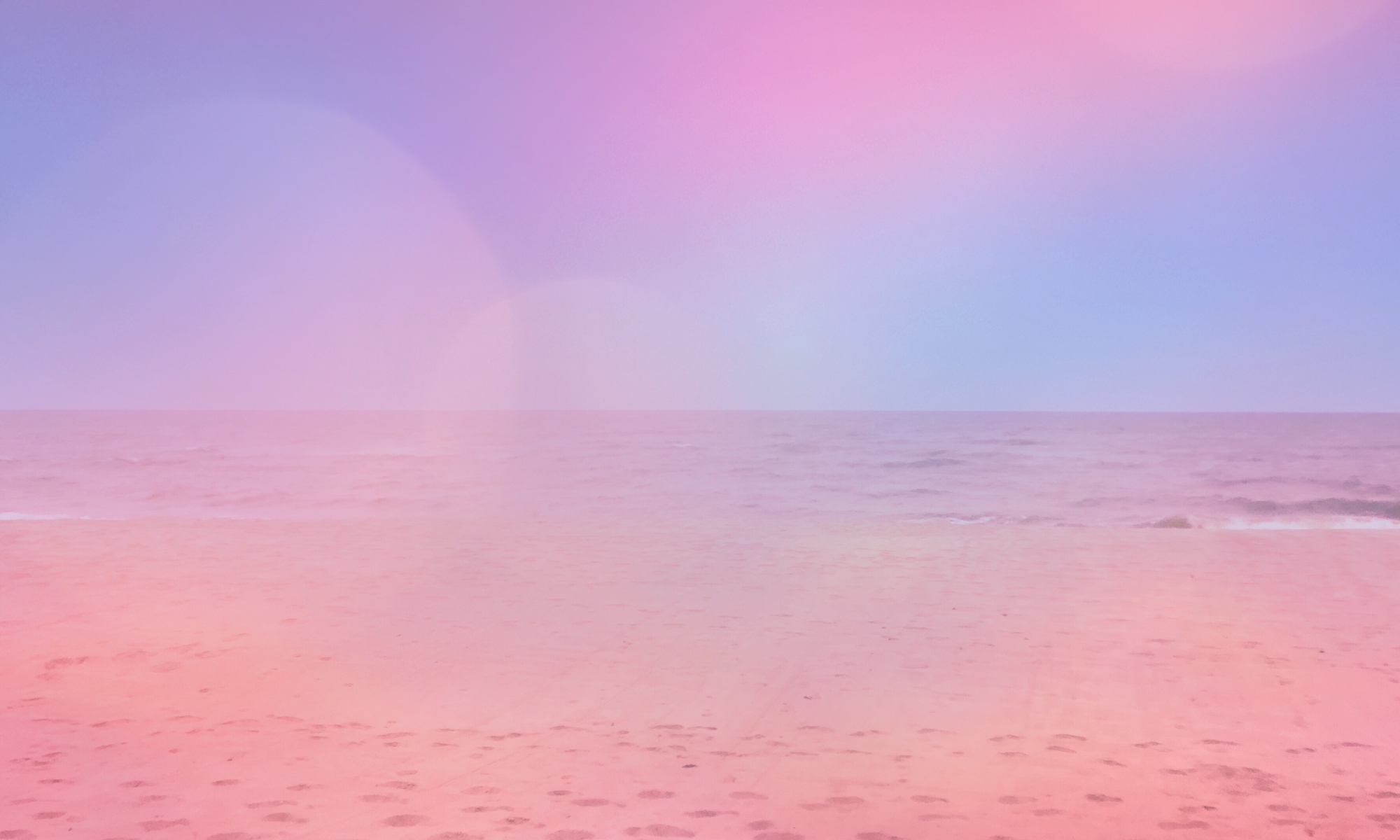
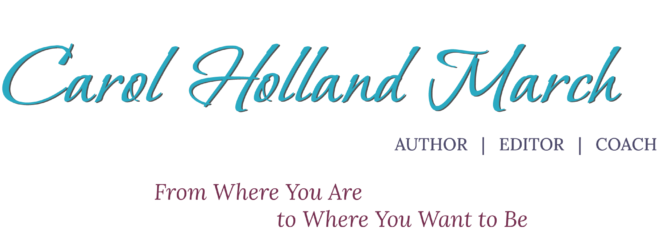
 Do you have a story to tell?
Do you have a story to tell? 
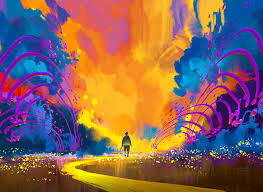



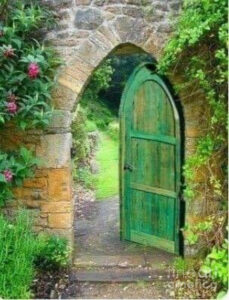 It’s right there. Behind that tree. In the shadow of the curtain in the room where you sleep. In your dreams, glowing with golden light.
It’s right there. Behind that tree. In the shadow of the curtain in the room where you sleep. In your dreams, glowing with golden light. 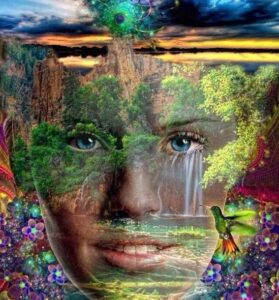
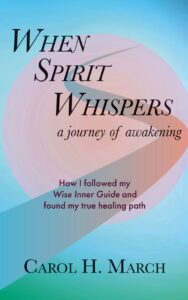

 Writing about the upcoming arts and crafts festival at UNM Continuing Education got me thinking. As much as a sense of unease rises in my chest at the sight of artificial Christmas trees for sale in October, I tell myself to stop being a curmudgeon. It’s the holidays! Get in the spirit!
Writing about the upcoming arts and crafts festival at UNM Continuing Education got me thinking. As much as a sense of unease rises in my chest at the sight of artificial Christmas trees for sale in October, I tell myself to stop being a curmudgeon. It’s the holidays! Get in the spirit!
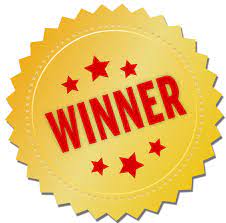
 My next nonfiction book has a working title of Your Creative Self is Waiting for You. I am writing it for readers who want to access their creativity in any form. I believe we are all creative. Even those who protest, “Oh, not me, I have no talent.”
My next nonfiction book has a working title of Your Creative Self is Waiting for You. I am writing it for readers who want to access their creativity in any form. I believe we are all creative. Even those who protest, “Oh, not me, I have no talent.”
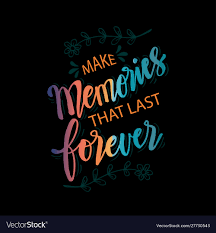 About 50 million people worldwide are suffering from dementia in 2021, but the total number of people with dementia is projected to reach 82 million in 2030 and a staggering 152 million in 2050.
About 50 million people worldwide are suffering from dementia in 2021, but the total number of people with dementia is projected to reach 82 million in 2030 and a staggering 152 million in 2050. 